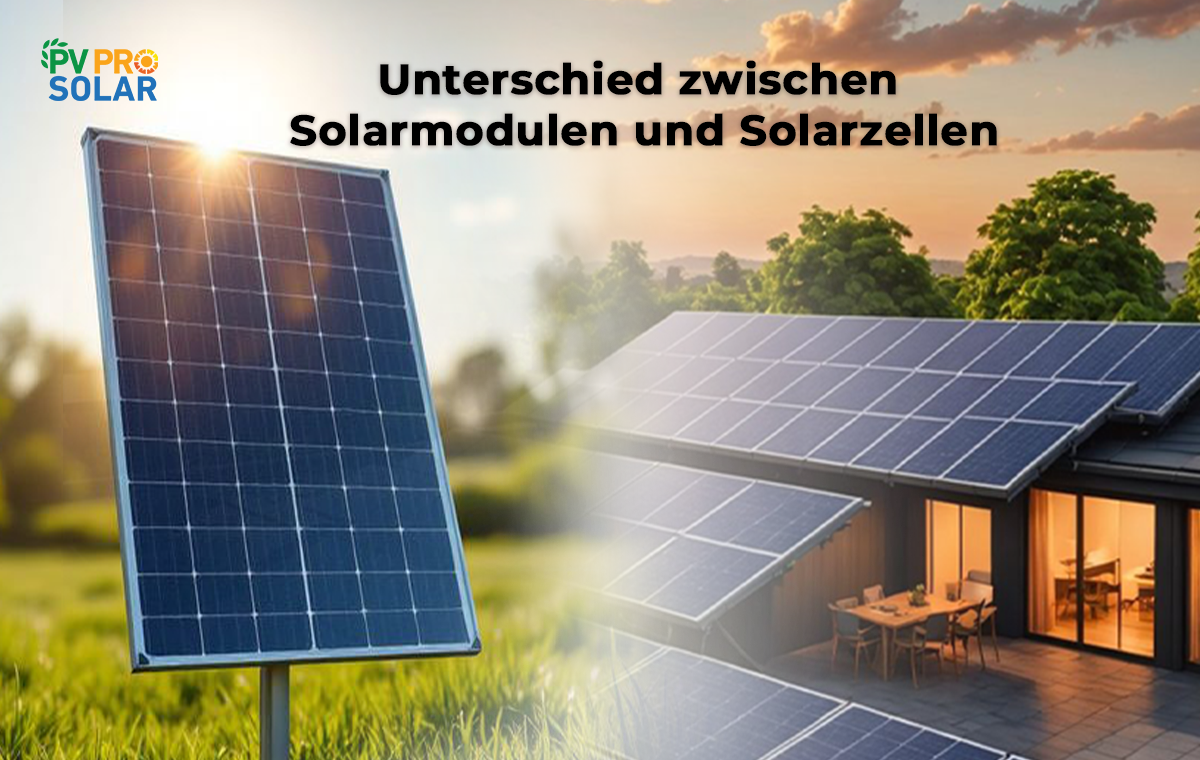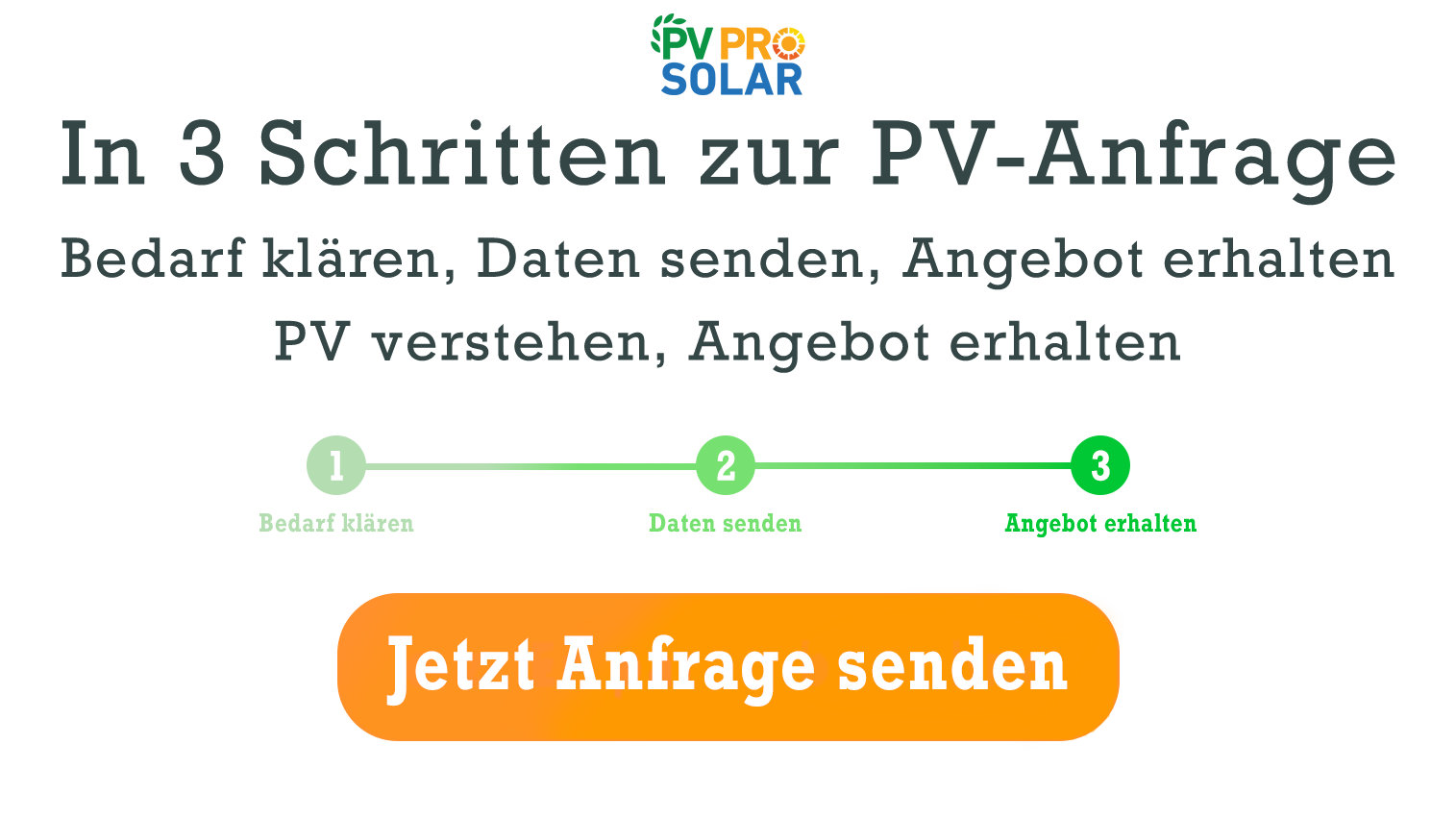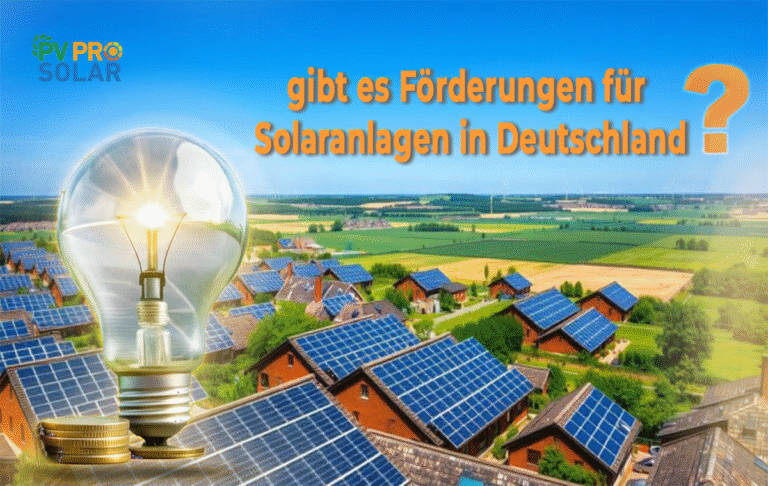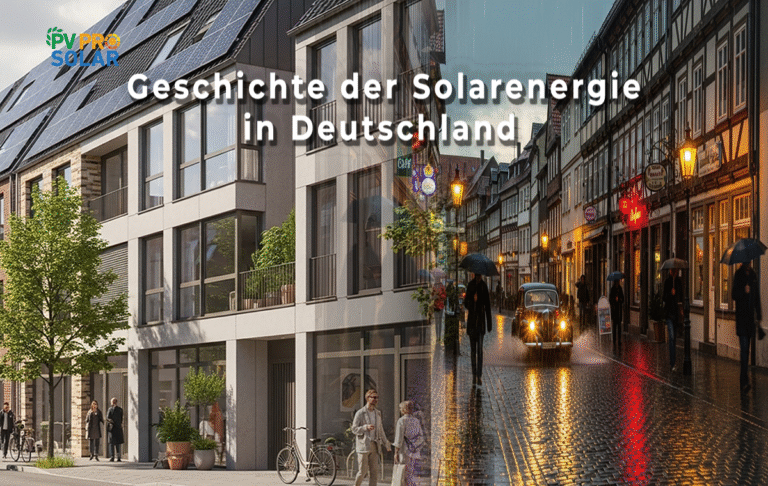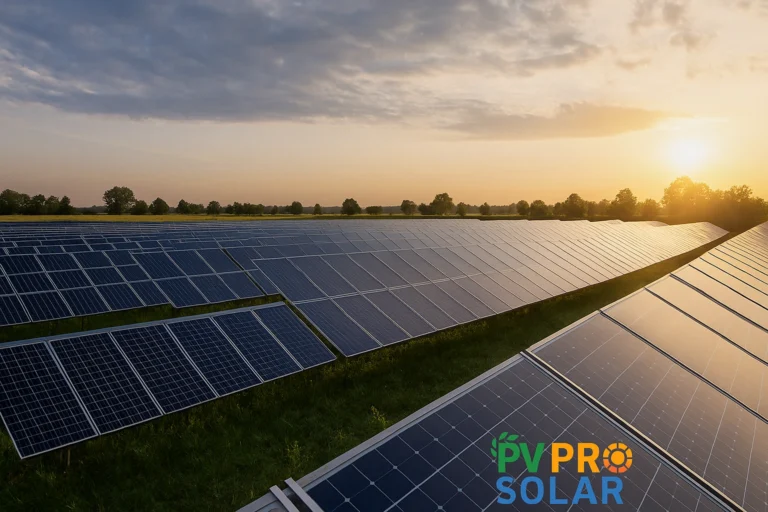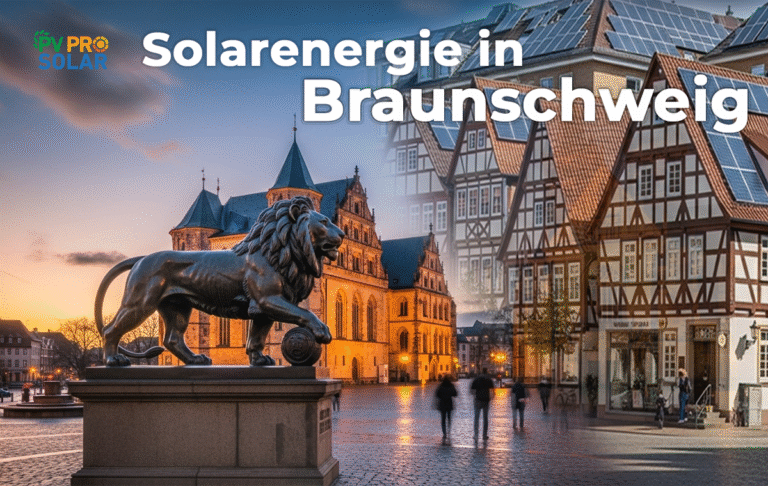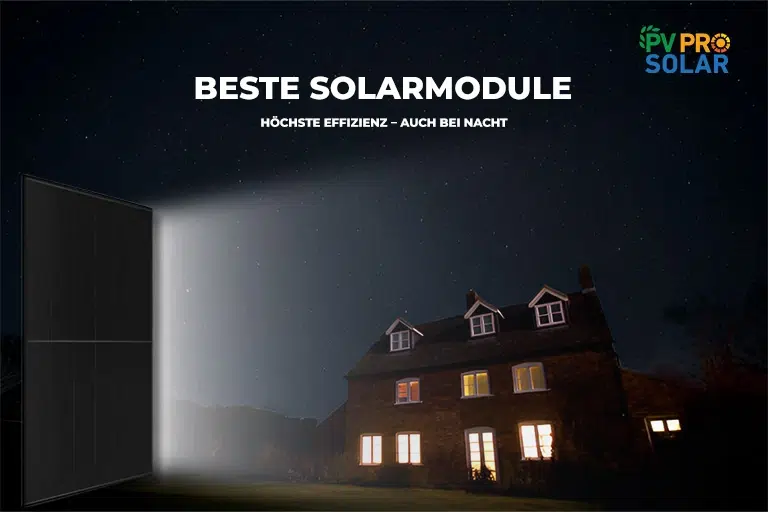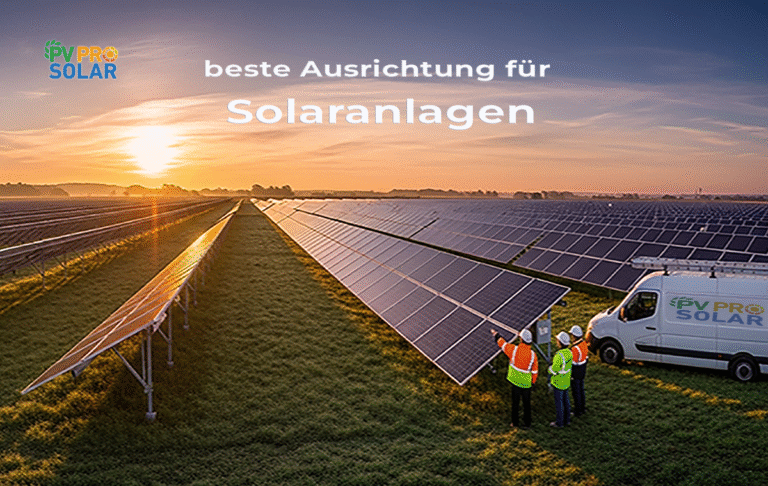Difference Between Solar Panels and Solar Cells – What Should You Really Know in 2025?
More and more people in Germany are investing in photovoltaics. Yet many confuse solar panels with solar cells. Both terms are often used interchangeably, but technically, they mean different things. If you understand the difference, you can make better purchasing decisions, save money, and choose the right technology. This article explains the difference between solar panels and solar cells, covering technology, costs, efficiency, and applications with updated 2025 data.
What is a Solar Cell?
A solar cell is the smallest functional unit of a photovoltaic system. It is usually made of silicon and directly converts sunlight into electrical energy.
- Size: typically 10 × 10 cm to 15 × 15 cm
- Material: monocrystalline or polycrystalline silicon, less often thin-film
- Function: generates direct current (DC) through the photovoltaic effect
One solar cell alone provides only a low voltage (approx. 0.5–0.7 volts) and current. This is why many cells are electrically interconnected.
Technical Background of the Solar Cell
- Photovoltaic effect: photons excite electrons in silicon
- Bandgap: only photons with a specific energy are used
- Efficiency: In 2025, standard silicon cells average 20–23%, and laboratory records exceed 26%
What is a Solar Panel?
A solar panel is a finished product consisting of many solar cells that are interconnected and protected by glass, a frame, and a backsheet.
- Size: often 1.7 × 1.1 m with 60–72 cells
- Weight: approx. 20–25 kg
- Power: typical panels in 2025 deliver 350–450 Wp
- Protection: weather-resistant with a glass cover and an aluminum frame
The panel is the building block installed on rooftops or in solar parks. It provides enough voltage and current to feed into a household or the grid.
What Is the Main Difference Between Solar Panels and Solar Cells?
- Solar cell = the smallest unit, generates electricity, but only in small amounts
- Solar panel = a combination of many cells, generate usable power
Without panels, a solar system would be impractical since you would need to manually wire thousands of single cells. The panel makes the technology installable and robust.
How Does a Solar Cell Work in Detail?
- Sunlight hits the cell
- Photons excite electrons
- Electrons move through the silicon crystal lattice
- The p-n junction creates a voltage
- Current flows when a load is connected
How Are Solar Panels Manufactured?
- Cell production: crystal pulling, wafer cutting, and doping
- Interconnection: connecting cells in series and parallel
- Lamination: embedding cells between EVA film and glass
- Framing: aluminum frame for stability
- Junction box: an electrical connection for installation
What Types of Solar Cells Exist?
- Monocrystalline: high efficiency (20–23%), dark color, higher cost
- Polycrystalline: cheaper, 15–18% efficiency, bluish structure
- Thin-film: flexible, lower output per area, used for special cases
- Perovskite cells: up to 30% in labs, not yet mass-market ready
What Types of Solar Panels Exist?
- Glass-film panels: standard rooftop type
- Glass-glass panels: more durable, for large-scale systems
- Bifacial panels: use light from both sides, up to 10% more yield
- Flexible panels: mobile use, RVs, boats
What Are the Differences in Cost and Profitability?
- Solar cells alone are not an end product, prices around €0.08–0.15/Wp (2025)
- Solar panels cost about €0.20–0.35/Wp (wholesale)
- For end customers, full PV system incl. installation costs €1,200–1,600/kWp
Example:
- 10 kWp rooftop system = €12,000–16,000
- Savings: approx. €1,200–1,800 in electricity costs per year
How Do Lifespan and Durability Differ?
- Solar cell: fragile, usable only inside a module
- Solar panel: robust, 25–30 years lifespan, most manufacturers guarantee 25 years of performance
What Role Does Efficiency Play?
- Cell efficiency = how much sunlight the cell converts into electricity
- Panel efficiency = slightly lower, due to interconnection and material losses
2025 values:
- Cells: 20–23%
- Panels: 19–21%
What Role Do Solar Cells and Panels Play in Germany 2025?
- Germany has over 70 GW of installed PV capacity
- Over 8 GW added annually
- In 2025, monocrystalline panels make up over 90% of the market
Are There Differences in Environmental Impact?
- Solar cell production is energy-intensive, but emissions are offset after 1–2 years
- Panels last over 25 years, very positive CO₂ balance
- The recycling rate of glass, aluminum, and silicon is over 90%
How Will Costs Develop by 2030?
- Expected: panels under €0.15/Wp wholesale
- Levelized Cost of Electricity (LCOE) from PV in Germany: 4–8 cents/kWh (2025)
- Household electricity price: 32–40 cents/kWh
What Does This Mean for Homeowners?
- Buying cells = useless for private use
- Buying panels = the correct choice for rooftop systems
- Incentives like KfW loans and tax exemptions make PV more profitable
Solar cells and solar panels are closely related but not the same. The cell is the heart, the panel is the finished product. Understanding the difference shows why only panels are practical. In 2025, they are more efficient, cheaper, and greener than ever. An investment pays off for households, businesses, and the energy transition.
Individual solar cells are cheap but unusable alone. Solar panels are more expensive but practical.
Theoretically, yes, but impractical. You would need to wire thousands of cells manually. Panels are the right choice.
Most panels still deliver 80% of their original output after 25–30 years.
The cell has slightly higher efficiency, but the panel is the usable product.
Tax exemptions for feed-in, low-interest KfW loans, and regional grants. Which is more expensive – a solar cell or a solar panel?
Can you build a system with only solar cells?
How long do solar panels really last?
Which is more efficient – a solar cell or a panel?
What subsidies are available in Germany in 2025 for solar panels?
